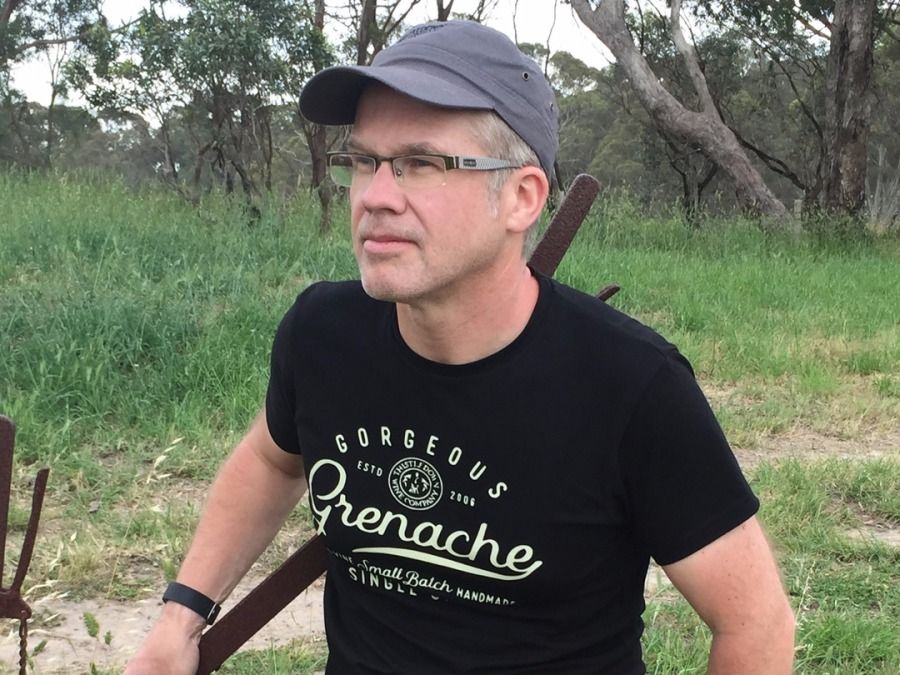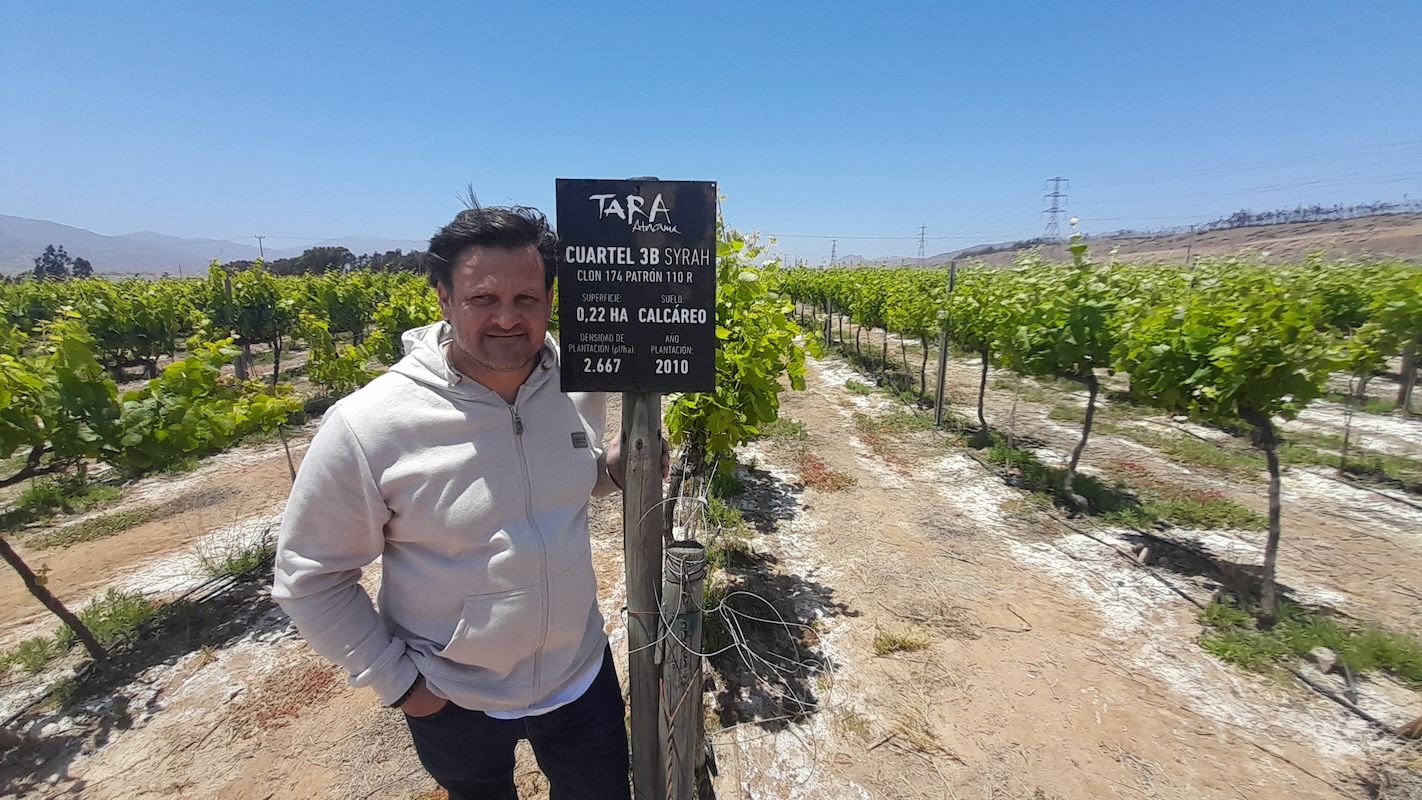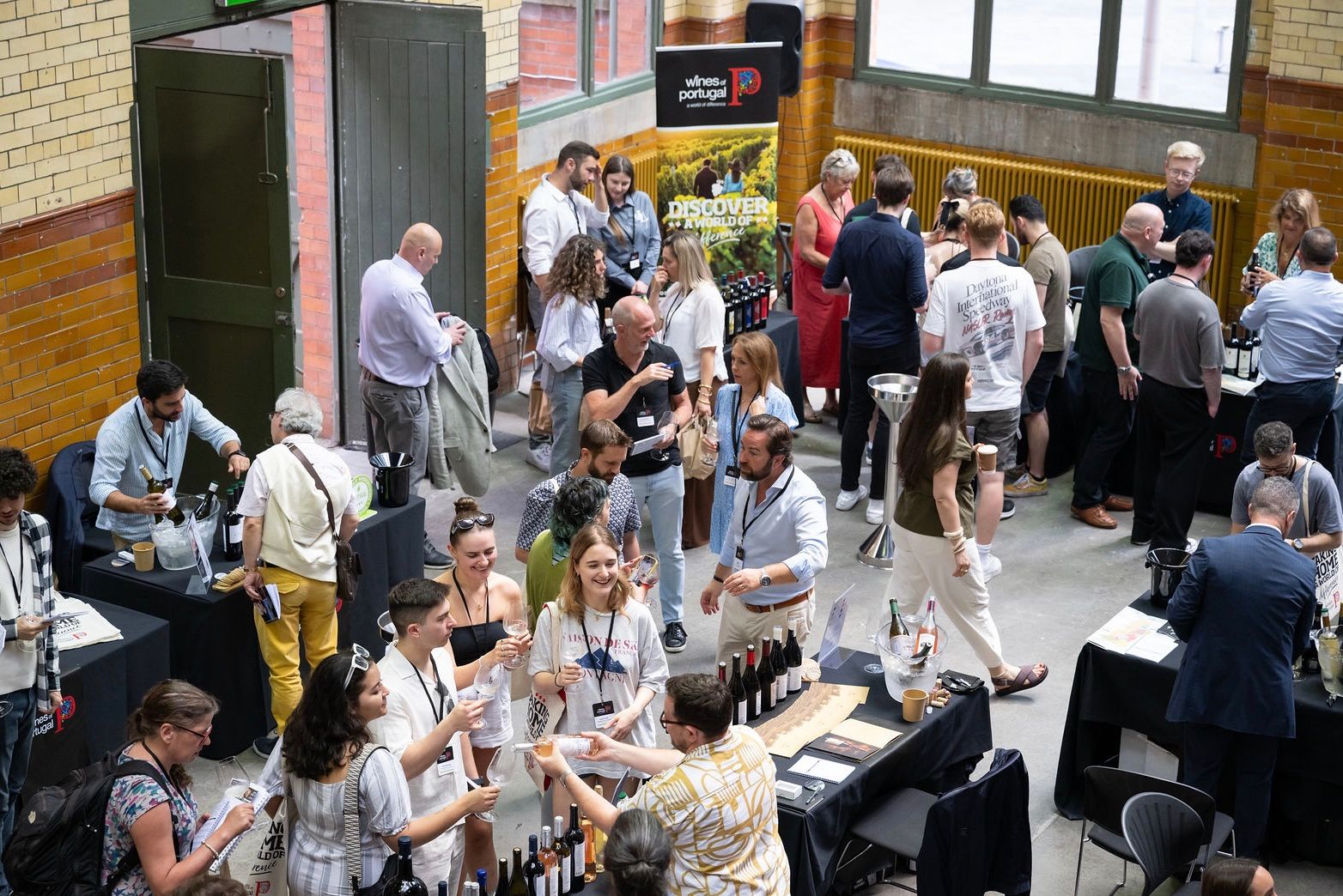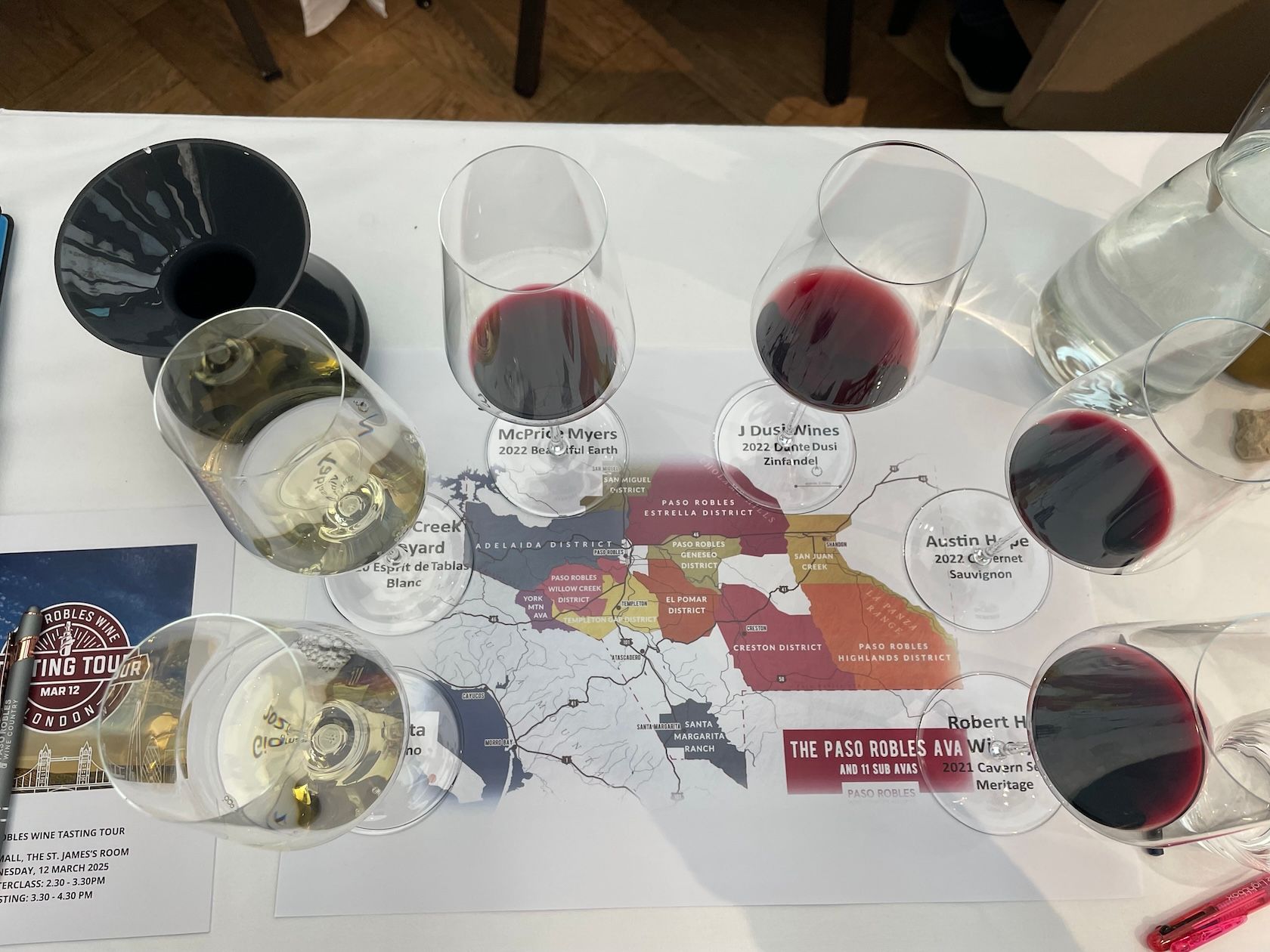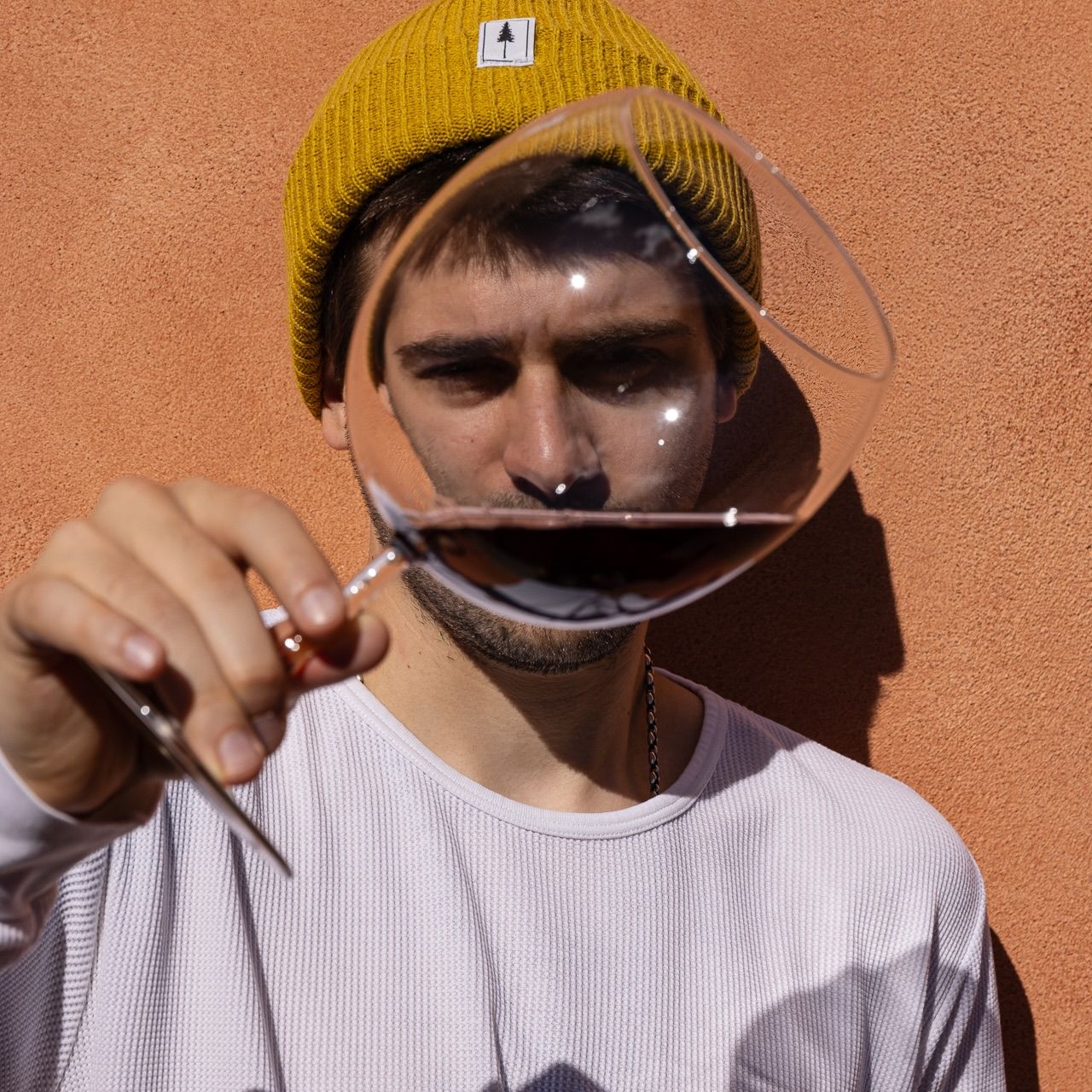In his wine development director role for Alliance Wine, Giles Cooke MW finds himself returning to Australia to learn more about what he believes is its master grape variety: Grenache. He explains why…

For those in the know Grenache is where Australia’s future flies says Giles Cooke MW
When Max Allen used one of his first columns in the Australian Financial Review to suggest that it was in fact Grenache, and not Shiraz, that ought to be Australia’s signature variety, he was being mischievous.
Not because it could be seen as a piece crafted solely to rattle cages but because, for those in the know, Grenache already is Australia’s finest variety.
The history of Grenache in Australia is one of discovery, growth, domination, downfall and resurgence. First established in the 1840s, Grenache’s ability to regularly provide grapes of high potential alcohol ensured that it was the variety of choice for the thriving fortified wine industry.
Indeed, until the 1960s Grenache was Australia’s most widely planted variety, but as the fortified industry declined and demand for Shiraz grew, plantings of Grenache dwindled and many of the most historic sites were taken out – sacrilege for those of us now chasing such parcels.
More recently, it has been argued in a colourful and entertaining fashion, that Italian and Portuguese varieties are the way forward for Australia as they have good drought tolerance and flavour profiles well suited to the Australian way of life. However, while some of these varieties certainly have a great future ahead of them, there are few that set the pulse racing as yet – and they are certainly not yet able to narrate anything of Australia’s unique viticultural legacy.
Nowadays, Grenache accounts for just 1% of total plantings but, thankfully, times and attitudes are changing. Little over five years ago, old vine plantings of Grenache sometimes went unpicked or were picked by groups of amateur winemakers predominantly from the Italian community. However, when I now go searching for new Grenache plots to buy from, I’m competing with an ever growing band of Garnachistas.
All about drinkability
The roots of this resurgence stem from the desire for drinkability (or smashability if you’re a Radeladian) and it is for this reason that Grenache ought to be considered as Australia’s signature variety. Not only does it withstand drought and heat better than Shiraz but as the climate warms up, its later ripening characteristics allow it to ripen in the more moderate heat of March and April. This longer ripening period also provides the winemaker more opportunities to make controlled harvest decisions.
Visionary winemakers are eschewing the past when fruit was deemed ready only when it resembled jam on the vine. It’s now just as common to see Grenache picked at 12.5 beaumé as it is to see it at 15.5. Couple earlier picking with more sensitive winemaking, more whole bunch, more natural ferments, use of concrete, less oak and you now have a diverse array of Grenache wines – all of whom share a common thread of immediate pleasure and drinkability.
When Fergal (Tynan MW) and I set out to establish Thistledown, it was against a background of the UK retail sector being dominated by Aussie wines but our core market, the on-trade, having a poor representation of the best Australian wines. And why would anyone who had carefully sourced beautiful ingredients for their kitchen want them knocked on the head by a 16% Barossa sledgehammer?
Our goal was to prove that the natural exuberance of Australian fruit can be subdued and balanced by working with the best growers, seeking out old vine parcels, picking the fruit “on the way up” rather than “on the way down”, using whole bunch natural ferments and mixing it up by bringing concrete eggs into the winery.
The results are now pretty convincing. We’re producing delicious, multi-layered Grenaches from an array of outstanding sites, predominantly in McLaren Vale – wines that wear their terroir transparently. Above all, they are wines that have a lithe energy and silky texture that makes them ideal partners to food and, without doubt, the most relevant Australian red variety for the on-trade.
And in illustrating the unique qualities of Australian terroir while preserving a unique piece of Australia’s viticultural history, we are adding weight and conviction to the notion that Grenache is indeed Australia’s signature variety.
- You can catch up with Giles Cooke’s latest wines as part of the Alliance Wine Spring tasting being held on February 13 at London’s Soho Hotel, 4 Richmond Mews, W1D 3DH.
- The Buyer picked out some of the best Grenache available to taste at the recent Wine Australia ADT 2017 tastings. Here’s our report.
